Why wool covers do not need to be washed often?
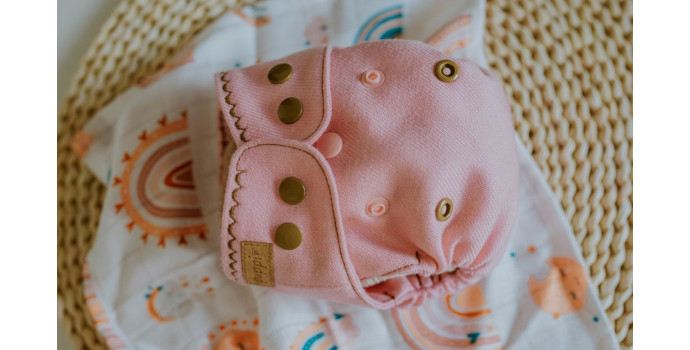
Wool diapers are a true phenomenon among baby products. The idea of using wool as a diaper cover goes back several thousand years, but it has not been widely used in recent centuries. Today's generation of parents is rediscovering nature's precious resource to provide their children with a healthy environment that supports their development.
Wool diaper covers, have been conquering the Polish reusable diaper market for more than a decade. Many parents completely abandon PUL in favor of wool, but there are also those who cannot imagine wool products as baby-friendly. They are primarily concerned about the scratching associated with wool. Others are afraid of strenuous care or have hygiene concerns. What exactly is it like with this wool? Doesn't it itch and irritate the baby's skin? Is it really enough to air such a diaper after use? When then to wash it?
Interestingly, in the Middle East, wool was used as a diaper cover already several thousand years ago, and it worked very well in this role. People have long since discovered that wool is a good insulator of moisture. Wool diapers in the first centuries AD took the form of woolen rags with which the baby was wrapped. Under the wool part, it probably had a cotton absorbent part wrapped around it. This method of diapering was not equally popular in different regions of the world, due to the fact that wool was not available everywhere. Diapering ideas varied and strongly depended on the region.
Nowadays, wool diapers are the best air permeable of all those available on the market. Wool fibers are made up of tiny tubes filled with air, which provide a kind of microclimate to the skin.
Even on hot days, wool provides comfort to the baby by keeping the right temperature next to the skin, supporting its natural thermoregulation system. Millions of tiny "pockets" absorb secreted sweat even before it condenses and remove it to the outside in the form of water vapor. In winter, these pockets, filled with air, insulate the skin against heat loss. The baby's bottom in summer does not overheat and sweat, while in winter it is protected from cooling. For this reason, wool fibers are called smart. So parents don't have to worry that when out on a winter walk they won't change the baby immediately when he pees, he will be sitting in a wet and cold diaper. No other fabric can provide such comfort.
The structure of the wool fibers allows it to absorb an amount of fluid more than a third of its own weight. In practice, this means that when the insert becomes maximally saturated, excess fluid does not escape, but is absorbed into the fibers, away from the baby's skin.
A wool cover, however, will not leak as easily. Because of the lanolin (a natural fat-wax secreted by sheep's skin) contained in the wool fibers, wool gains leakage resistance even greater than PUL. This is because wool diapers are usually sewn from two layers of fabric. When the inner layer of wool absorbs excess liquid, the outer layer continues to stay dry. This makes these covers irreplaceable in situations when the diaper is necessarily changed less frequently (during the night, while walking or traveling).
If we are dealing with covers made of woolen fabric, these covers are usually very thin. Thicker ones are sometimes made of knitted woolen fabric, which is most often used to make woolen pants.
A unique property of wool is its resistance to odor and bacteria. Lanolin contained in wool fibers breaks down urine into mineral salts and water, which is easily evaporated because wool is very good at removing moisture. This makes wool covers very hygienic, and for this reason they do not need to be washed as often as PUL ones. Like wool garments, these covers only need to be aired after use. Because wool absorbs some of the moisture, the inner layer of the cover is slightly damp after use, but hung out to air-dry, it dries very quickly and after just about half an hour the cover is ready for use again.
Wool itself, due to the structure of its fibers, creates an environment unfriendly to bacterial growth, but lanolin plays a key role in enhancing this effect. Lanolin's antibacterial properties are used extensively in cosmetics. In the case of wool diapers, it is used to impregnate them. This involves dissolving pure lanolin in soapy water, and then soaking the wool cover in such a solution.
In our store you can buy both pure lanolin to prepare the mixture yourself, and a ready-made lanolin treatment, which you just need to dissolve in water. The lanolin treatment is performed once every 2-6 months, depending on how often the wool cover is used.
What about washing? Do wool diapers get washed at all?
Of course they do! However, the advantage of wool is that you do not need to do it often, if such a diaper has not been soiled with poop.
The basics of caring for a woolen cloth diaper can be contained in three short points:
- If the cover is only damp, just hang it up to dry (air it out).
- If it is very wet, rinse it in clean water, squeeze it in a towel and hang it up to dry.
- If the cover is soiled from poop, rinse the soiling with a strong stream of water. It is important not to rub the soiling, because you will rub it into the fibers of the material. A strong stream of water will rinse everything perfectly. For refreshment after rinsing off the dirt, you can still rinse the cover in water with wool laundry detergent, squeeze it without wringing it out and hang it to dry.
And what's the deal with the scratching?
Wool covers are sewn from merino wool, which is extremely thin and fine. A single merino fiber is between 13 and 24 microns, or between 1/3 and 1/10 the thickness of a human hair. It is as thin as spider thread! The thinner the fiber, the higher its price. Interestingly, the thinnest fibers reach such high prices that they are stored in safes!
The thickness of the fiber is also responsible for the softness of the fabric. The merino ones are the softest, which is why they are used primarily in children's products, but also in underwear and sportswear. They don't scratch a thing! They are very pleasant to the touch.

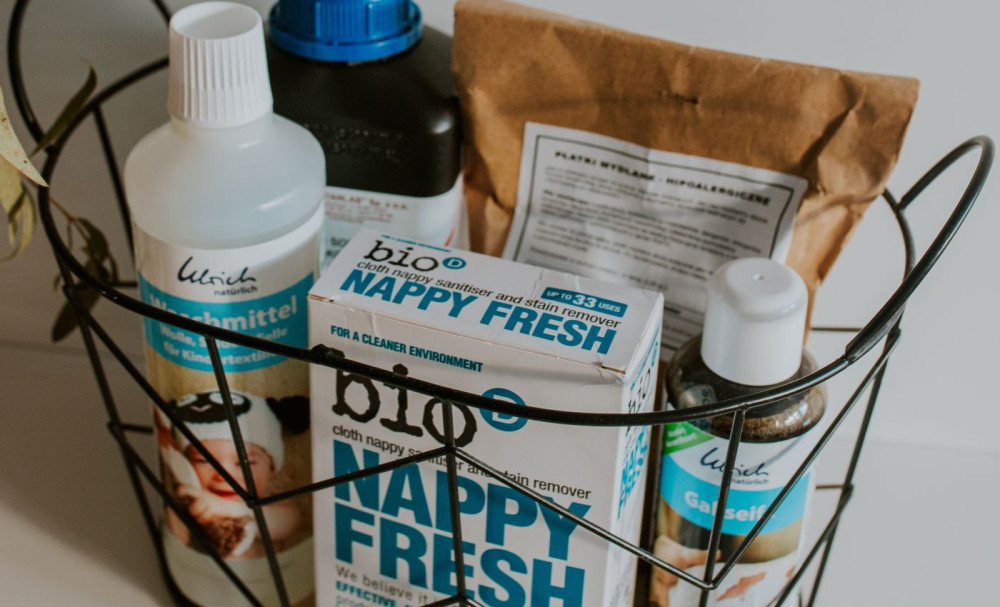
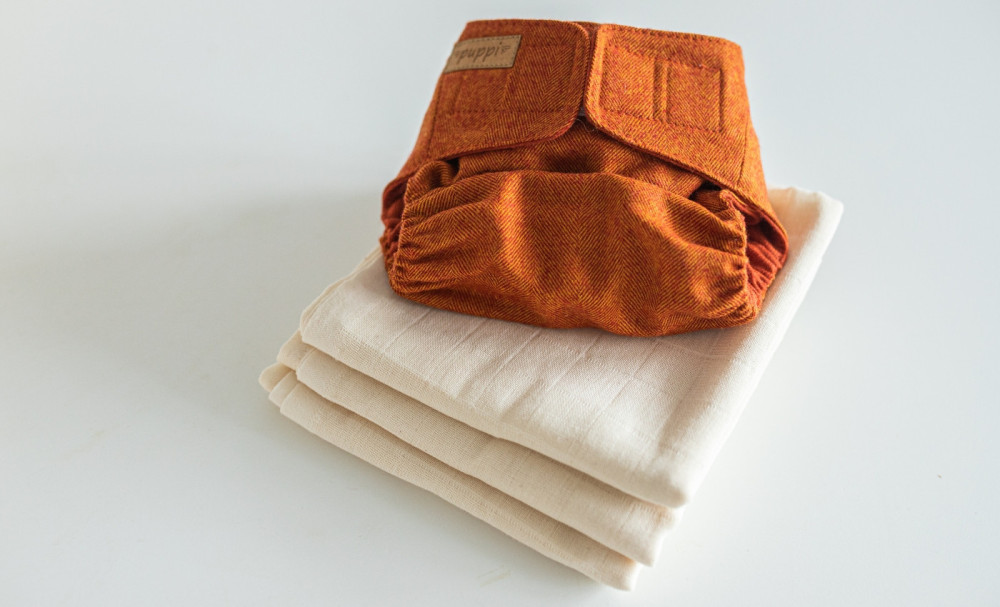
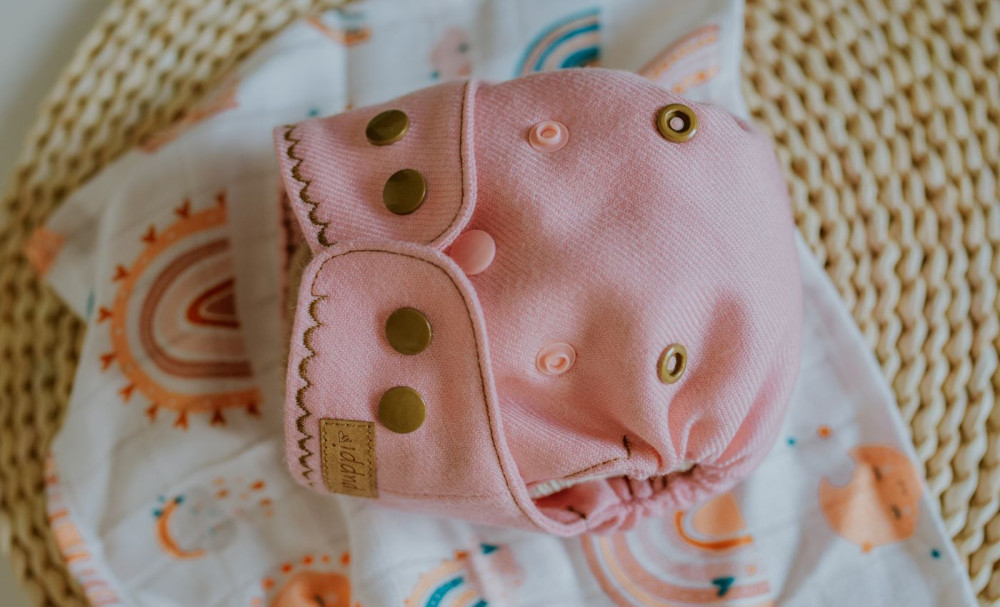
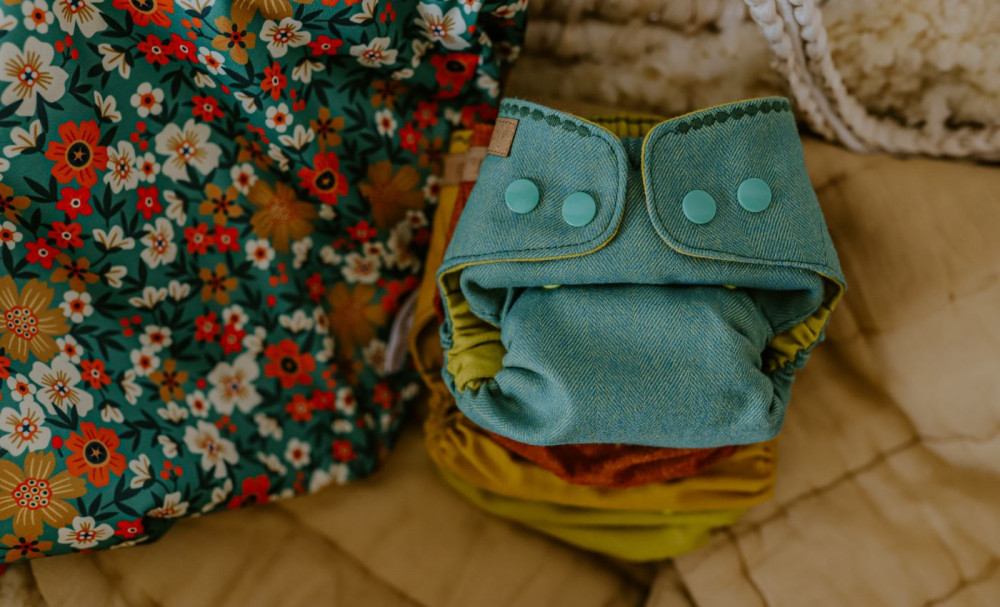
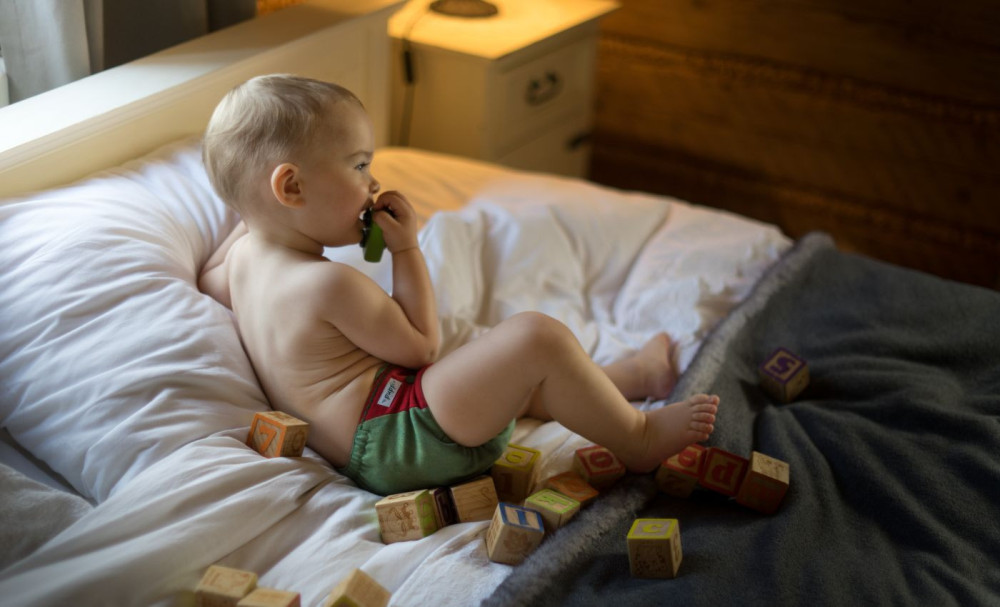
Comments
No comment at this time!
Leave your comment